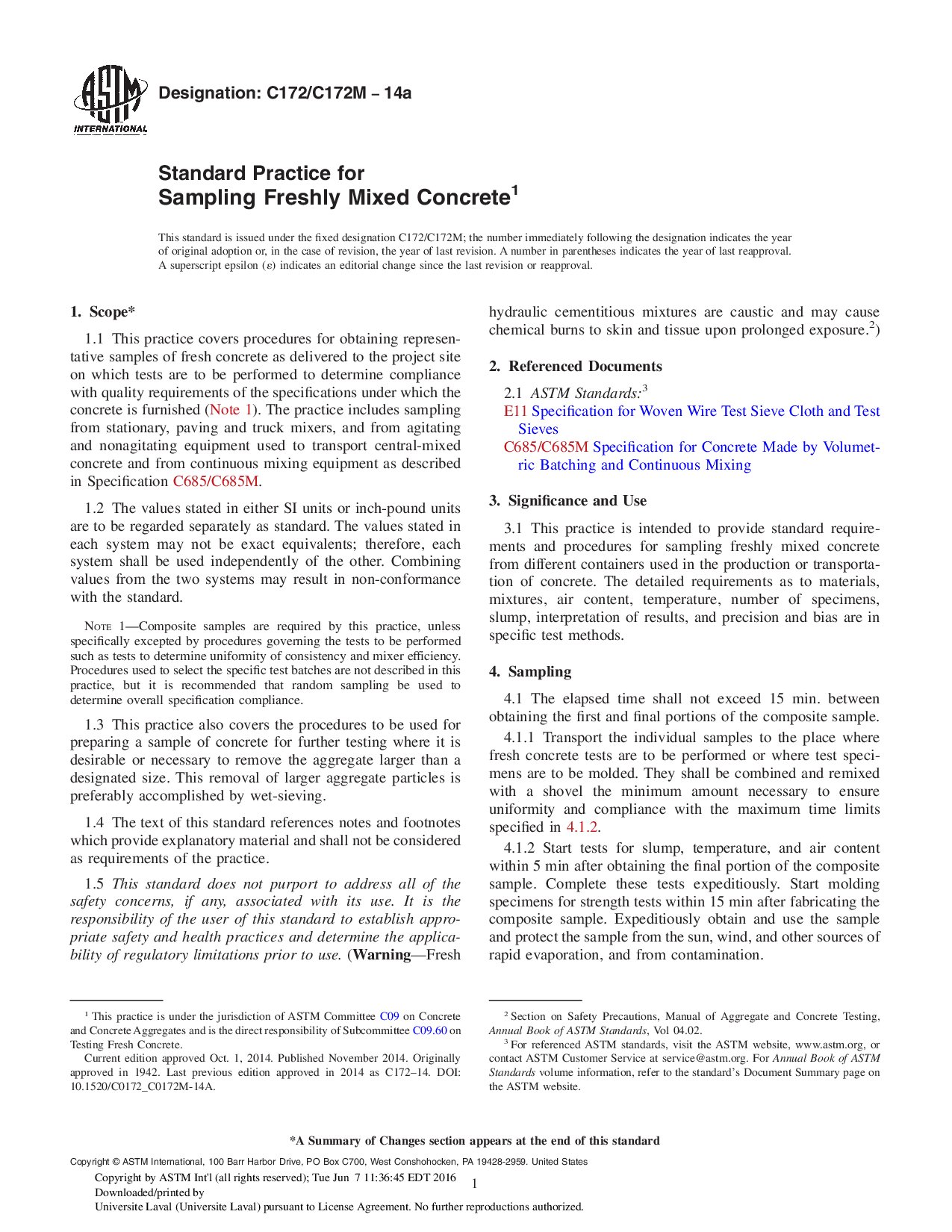

This vast pool of information can be mined with text-based processing techniques such as natural language processing (NLP) or regular expression (regex) to build a multi-dimension composition space for aluminum alloys to identify areas less explored and compositions of interest 4. However, research groups at institutions and labs across the globe continue to investigate a wide variety of novel compositions with differing alloying elements, resultant properties, and purposes, leading to a much broader design space than that defined by already well-established alloys. Today, they list over 500 aluminum alloys, a significant increase from the 75 that were present in 1954, highlighting the constant innovation that has occurred in the past decades 9. The Aluminum Association (AA), the internationally recognized group that sets global standards and provides expert knowledge to industry and policy makers 8, releases tables of registered alloys every few years. Therefore, an opportunity presents itself to build a comprehensive mapping of the aluminum compositional space and their associated properties to further drive the research in this field. Further, many properties such as strength or ductility, are not predicted by open databases or ab initio methods. In materials science, open databases of material compositions and properties are limited in number and often consist of computed rather than experimentally-based properties 4, 5, 6, 7.

As the field of material informatics matures, however, the constant need for data to use in research is made clearer. Efforts such as the Material Genome Initiative 1 have accelerated discovery, and studies in aluminum have shown successful use of such workflows to design new alloys 2 or gain further insight in existing ones 3. In recent years, significant efforts have been made to increase the rate of alloy discovery corresponding to a shift from traditional workflows to computer- and data-driven ones. Nonetheless, the need for new alloys still drives further research. The development of aluminum alloys to their current state represents a significant achievement the field remains active as new alloys are developed and existing alloys are altered for improved properties and performance.


 0 kommentar(er)
0 kommentar(er)
